List of Contributors xiii
Preface xvii
1 Introduction to Global Climate Change and Terrestrial Invertebrates 1
Scott N. Johnson and T. Hefin Jones
1.1 Background 1
1.2 Predictions for Climate and Atmospheric Change 2
1.3 General Mechanisms for Climate Change Impacts on Invertebrates 2
1.3.1 Direct Impacts on Physiology, Performance and Behaviour 3
1.3.2 Indirect Impacts on Habitats, Resources and Interacting Organisms 3
1.4 Themes of the Book 4
1.4.1 Methods for Studying Invertebrates and Global Climate Change 4
1.4.2 Friends and Foes: Ecosystem Service Providers and Vectors of Disease 4
1.4.3 Multi-Trophic Interactions and Invertebrate Communities 5
1.4.4 Evolution, Intervention and Emerging Perspectives 6
Acknowledgements 7
References 7
Part I Methods for Studying Invertebrates and Climate Change 9
2 Using Historical Data for Studying Range Changes 11
Georgina Palmer and Jane K. Hill
Summary 11
2.1 Introduction 11
2.2 Review of Historical Data Sets on Species’ Distributions 13
2.3 Methods for Using Historical Data to Estimate Species’ Range Changes 15
2.3.1 Measuring Changes in Distribution Size 16
2.3.2 Measuring Change in the Location of Species Ranges 16
2.3.3 An Invertebrate Example: Quantifying Range Shift by the Comma Butterfly Polygonia c-album in Britain 17
2.4 Challenges and Biases in Historical Data 19
2.4.1 Taxonomic Bias 19
2.4.2 Spatial and Temporal Biases 20
2.4.3 Accounting for Temporal and Spatial Biases 21
2.5 New Ways of Analysing Data and Future Perspectives 23
Acknowledgements 24
References 24
3 Experimental Approaches for Assessing Invertebrate Responses to Global Change Factors 30
Richard L. Lindroth and Kenneth F. Raffa
Summary 30
3.1 Introduction 30
3.2 Experimental Scale: Reductionist, Holistic and Integrated Approaches 32
3.3 Experimental Design: Statistical Concerns 33
3.4 Experimental Endpoints: Match Metrics to Systems 35
3.5 Experimental Systems: Manipulations From Bottle to Field 36
3.5.1 Indoor Closed Systems 36
3.5.2 Outdoor Closed Systems 38
3.5.3 Outdoor Open Systems 39
3.6 Team Science: the Human Dimension 40
3.6.1 Personnel 41
3.6.2 Guiding Principles 41
3.6.3 Operation and Communication 41
3.7 Conclusions 41
Acknowledgements 42
References 42
4 Transplant Experiments – a Powerful Method to Study Climate Change Impacts 46
Sabine S. Nooten and Nigel R. Andrew
Summary 46
4.1 Global Climate Change 46
4.2 Climate Change Impacts on Species 47
4.3 Climate Change Impacts on Communities 48
4.4 Common Approaches to Study Climate Change Impacts 48
4.5 Transplant Experiments – a Powerful Tool to Study Climate Change 49
4.5.1 Can Species Adapt to a Warmer Climate? 50
4.5.2 The Potential of Range Shifts 50
4.5.3 Changes in the Timing of Events 51
4.5.4 Shifts in Species Interactions 52
4.5.5 Disentangling Genotypic and Phenotypic Responses 54
4.5.6 Shifts in Communities 54
4.6 Transplant Experiment Trends Using Network Analysis 57
4.7 What’s Missing in Our Current Approaches? Next Steps for Implementing Transplant
Experiments 60
Acknowledgements 62
References 62
Part II Friends and Foes: Ecosystem Service Providers and Vectors of Disease 69
5 Insect Pollinators and Climate Change 71
Jessica R. K. Forrest
Summary 71
5.1 Introduction 71
5.2 The Pattern: Pollinator Populations and Climate Change 72
5.2.1 Phenology 72
5.2.2 Range Shifts 75
5.2.3 Declining Populations 75
5.3 The Process: Direct Effects of Climate Change 76
5.3.1 Warmer Growing-Season Temperatures 76
5.3.2 Warmer Winters and Reductions in Snowpack 79
5.4 The Process: Indirect Effects of Climate Change 81
5.4.1 Interactions with Food Plants 81
5.4.2 Interactions with Natural Enemies 82
5.5 Synthesis, and the View Ahead 83
Acknowledgements 84
References 84
6 Climate Change Effects on Biological Control in Grasslands 92
Philippa J. Gerard and Alison J. Popay
Summary 92
6.1 Introduction 92
6.2 Changes in Plant Biodiversity 94
6.3 Multitrophic Interactions and Food Webs 94
6.3.1 Warming and Predator Behaviour 97
6.3.2 Herbage Productivity and Quality 98
6.3.3 Plant Defence Compounds 98
6.3.4 Fungal Endophytes 100
6.3.5 Changes in Plant Phenology 101
6.4 Greater Exposure to Extreme Events 102
6.4.1 Changes in Precipitation 102
6.4.2 Drought Effects 103
6.5 Range Changes 103
6.6 Greater Exposure to Pest Outbreaks 104
6.7 Non-Target Impacts 104
6.8 Conclusion 105
Acknowledgements 105
References 105
7 Climate Change and Arthropod Ectoparasites and Vectors of Veterinary Importance 111
Hannah Rose Vineer, Lauren Ellse and Richard Wall
Summary 111
7.1 Introduction 111
7.2 Parasite–Host Interactions 113
7.3 Evidence of the Impacts of Climate on Ectoparasites and Vectors 114
7.4 Impact of Human Behaviour and Husbandry on Ectoparasitism 116
7.5 Farmer Intervention as a Density-Dependent Process 118
7.6 Predicting Future Impacts of Climate Change on Ectoparasites and Vectors 118
Acknowledgements 123
References 123
8 Climate Change and the Biology of Insect Vectors of Human Pathogens 126
Luis Fernando Chaves
Summary 126
8.1 Introduction 126
8.2 Interaction with Pathogens 129
8.3 Physiology, Development and Phenology 131
8.4 Population Dynamics, Life History and Interactions with Other Vector Species 132
8.5 Case Study of Forecasts for Vector Distribution Under Climate Change: The Altitudinal Range of Aedes albopictus and Aedes japonicus in Nagasaki, Japan 134
8.6 Vector Ecology and Evolution in Changing Environments 138
Acknowledgements 139
References 140
9 Climate and Atmospheric Change Impacts on Aphids as Vectors of Plant Diseases 148
James M.W. Ryalls and Richard Harrington
Summary 148
9.1 The Disease Pyramid 148
9.1.1 Aphids 149
9.1.2 Host-Plants 152
9.1.3 Viruses 154
9.2 Interactions with the Pyramid 155
9.2.1 Aphid–Host-Plant Interactions 155
9.2.2 Host-Plant–Virus Interactions 158
9.2.3 Virus–Aphid Interactions 160
9.2.4 Aphid–Host-Plant–Virus Interactions 162
9.3 Conclusions and Future Perspectives 162
Acknowledgements 163
References 164
Part III Multi-Trophic Interactions and Invertebrate Communities 177
10 Global Change, Herbivores and Their Natural Enemies 179
William T. Hentley and Ruth N. Wade
Summary 179
10.1 Introduction 180
10.2 Global Climate Change and Insect Herbivores 181
10.3 Global Climate Change and Natural Enemies of Insect Herbivores 185
10.3.1 Elevated Atmospheric CO2 185
10.3.1.1 Prey Location 185
10.3.1.2 Prey Quality 186
10.3.2 Temperature Change 186
10.3.3 Reduction in Mean Precipitation 188
10.3.4 Extreme Events 190
10.3.5 Ozone and UV-B 190
10.4 Multiple Abiotic Factors 191
10.5 Conclusions 192
Acknowledgements 193
References 193
11 Climate Change in the Underworld: Impacts for Soil-Dwelling Invertebrates 201
Ivan Hiltpold, Scott N. Johnson, Renée-Claire Le Bayon and Uffe N. Nielsen
Summary 201
11.1 Introduction 201
11.1.1 Soil Community Responses to Climate Change 202
11.1.2 Scope of the Chapter 202
11.2 Effect of Climate Change on Nematodes: Omnipresent Soil Invertebrates 203
11.2.1 Nematode Responses to eCO2 203
11.2.2 Nematode Responses to Warming 205
11.2.3 Nematode Responses to Altered Precipitation Regimes 206
11.2.4 Ecosystem Level Effects of Nematode Responses to Climate Change 207
11.3 Effect of Climate Change on Insect Root Herbivores, the Grazers of the Dark 207
11.3.1 Insect Root Herbivore Responses to eCO2 208
11.3.2 Insect Root Herbivore Responses to Warming 210
11.3.3 Insect Root Herbivore Responses to Altered Precipitation 210
11.3.4 Soil-Dwelling Insects as Modifiers of Climate Change Effects 211
11.4 Effect of Climate Change on Earthworms: the Crawling Engineers of Soil 212
11.4.1 Earthworm Responses to eCO2 212
11.4.2 Earthworm Responses to Warming and Altered Precipitation 214
11.4.3 Climate Change Modification of Earthworm–Plant–Microbe Interactions 214
11.4.4 Influence of Climate Change on Earthworms in Belowground Food Webs 215
11.4.5 Influence of Climate Change on Earthworm Colonization of New Habitats 215
11.5 Conclusions and Future Perspectives 216
Acknowledgements 217
References 218
12 Impacts of Atmospheric and Precipitation Change on Aboveground-Belowground Invertebrate Interactions 229
Scott N. Johnson, James M.W. Ryalls and Joanna T. Staley
Summary 229
12.1 Introduction 229
12.1.1 Interactions Between Shoot and Root Herbivores 231
12.1.2 Interactions Between Herbivores and Non-Herbivorous Invertebrates 232
12.1.2.1 Detritivore–Shoot Herbivore Interactions 232
12.1.2.2 Root Herbivore–Pollinator Interactions 232
12.2 Atmospheric Change – Elevated Carbon Dioxide Concentrations 233
12.2.1 Impacts of e[CO2] on Interactions Mediated by Plant Trait Modification 233
12.2.2 Impacts of e[CO2] and Warming on Interactions Mediated by Plant Trait Modification 234
12.2.3 Impacts of Aboveground Herbivores on Belowground Invertebrates via Deposition Pathways 234
12.3 Altered Patterns of Precipitation 236
12.3.1 Precipitation Effects on the Outcome of Above–Belowground Interactions 236
12.3.1.1 Case Study – Impacts of Simulated Precipitation Changes on Aboveground–Belowground Interactions in the Brassicaceae 237
12.3.2 Aboveground–Belowground Interactions in Mixed Plant Communities Under Altered Precipitation Scenarios 239
12.3.3 Altered Precipitation Impacts on Decomposer–Herbivore Interactions 240
12.3.4 Impacts of Increased Unpredictability and Variability of Precipitation Events on the Frequency of Above–Belowground Interactions 240
12.4 Conclusions and Future Directions 242
12.4.1 Redressing the Belowground Knowledge Gap 243
12.4.2 Testing Multiple Environmental Factors 243
12.4.3 New Study Systems 244
12.4.4 Closing Remarks 245
Acknowledgements 245
References 245
13 Forest Invertebrate Communities and Atmospheric Change 252
Sarah L. Facey and Andrew N. Gherlenda
Summary 252
13.1 Why Are Forest Invertebrate Communities Important? 253
13.2 Atmospheric Change and Invertebrates 253
13.3 Responses of Forest Invertebrates to Elevated Carbon Dioxide Concentrations 254
13.3.1 Herbivores 254
13.3.2 Natural Enemies 259
13.3.3 Community-Level Responses 259
13.4 Responses of Forest Invertebrates to Elevated Ozone Concentrations 263
13.4.1 Herbivores 263
13.4.2 Natural Enemies 264
13.4.3 Community-Level Studies 265
13.5 Interactions Between Carbon Dioxide and Ozone 265
13.6 Conclusions and Future Directions 267
Acknowledgements 268
References 268
14 Climate Change and Freshwater Invertebrates: Their Role in Reciprocal Freshwater–Terrestrial Resource Fluxes 274
Micael Jonsson and Cristina Canhoto
Summary 274
14.1 Introduction 274
14.2 Climate-Change Effects on Riparian and Shoreline Vegetation 275
14.3 Climate-Change Effects on Runoff of Dissolved Organic Matter 277
14.4 Climate Change Effects on Basal Freshwater Resources Via Modified Terrestrial Inputs 278
14.5 Effects of Altered Terrestrial Resource Fluxes on Freshwater Invertebrates 279
14.6 Direct Effects of Warming on Freshwater Invertebrates 280
14.7 Impacts of Altered Freshwater Invertebrate Emergence on Terrestrial Ecosystems 282
14.8 Conclusions and Research Directions 284
14.8.1 Effects of Simultaneous Changes in Resource Quality and Temperature on Freshwater Invertebrate Secondary Production 284
14.8.2 Effects of Changed Resource Quality and Temperature on the Size Structure of Freshwater Invertebrate Communities 284
14.8.3 Effects of Changed Resource Quality on Elemental Composition (i.e., Stoichiometry, Autochthony versus Allochthony, and PUFA Content) of Freshwater Invertebrates 284
14.8.4 Effects of Changed Freshwater Invertebrate Community Composition and Secondary Production on Freshwater Insect Emergence 285
14.8.5 Effects of Changed Quality (i.e., Size Structure and Elemental Composition) of Emergent Freshwater Insects on Terrestrial Food Webs 285
14.8.6 Effects of Climate Change on Landscape-Scale Cycling of Matter Across the Freshwater–Terrestrial Interface 285
Acknowledgements 286
References 286
15 Climatic Impacts on Invertebrates as Food for Vertebrates 295
Robert J. Thomas, James O. Vafidis and Renata J. Medeiros
Summary 295
15.1 Introduction 295
15.2 Changes in the Abundance of Vertebrates 296
15.2.1 Variation in Demography and Population Size 296
15.2.2 Local Extinctions 299
15.2.3 Global Extinctions 299
15.3 Changes in the Distribution of Vertebrates 300
15.3.1 Geographical Range Shifts 300
15.3.2 Altitudinal Range Shifts 301
15.3.3 Depth Range Shifts 302
15.3.4 Food-Mediated Mechanisms and Trophic Consequences of Range Shifts 302
15.4 Changes in Phenology of Vertebrates, and Their Invertebrate Prey 303
15.4.1 Consequences of Phenological Changes for Trophic Relationships 303
15.4.2 Phenological Mismatches in Marine Ecosystems 303
15.4.3 Phenological Mismatches in Terrestrial Ecosystems 304
15.4.3.1 Behaviour and Ecology of the Vertebrates 305
15.4.3.2 Habitat Differences in Prey Phenology 306
15.5 Conclusions 307
15.6 Postscript: Beyond the Year 2100 308
Acknowledgements 308
References 308
Part IV Evolution, Intervention and Emerging Perspectives 317
16 Evolutionary Responses of Invertebrates to Global Climate Change: the Role of
Life-History Trade-Offs and Multidecadal Climate Shifts 319
Jofre Carnicer, Chris Wheat, Maria Vives, Andreu Ubach, Cristina Domingo, S̈oren Nylin, Constantí Stefanescu, Roger Vila, Christer Wiklund and Josep Peñuelas
Summary 319
16.1 Introduction 319
16.2 Fundamental Trade-Offs Mediating Invertebrate Evolutionary Responses to Global Warming 327
16.2.1 Background 327
16.2.2 Mechanisms Underpinning Trade-Offs 328
16.2.2.1 Endocrine Hormone-Signalling Pathway – Antagonistic Pleiotropy Trade-Off Hypothesis 330
16.2.2.2 The Thermal Stability – Kinetic Efficiency Trade-Off Hypothesis 330
16.2.2.3 Resource-Allocation Trade-Off Hypothesis 331
16.2.2.4 Enzymatic-Multifunctionality (Moonlighting) Hypothesis 331
16.2.2.5 Respiratory Water Loss – Total Gas Exchange Hypothesis 332
16.2.2.6 Water-Loss Trade-Off Hypotheses 332
16.3 The Roles of Multi-Annual Extreme Droughts and Multidecadal Shifts in Drought Regimens in Driving Large-Scale Responses of Insect Populations 333
16.4 Conclusions and New Research Directions 337
Acknowledgements 339
References 339
17 Conservation of Insects in the Face of Global Climate Change 349
Paula Arribas, Pedro Abellán, Josefa Velasco, Andrés Millán and David Sánchez-Fernández
Summary 349
17.1 Introduction 349
17.1.1 Insect Biodiversity 349
17.1.2 Insect Biodiversity and Climate Change: the Research Landscape 350
17.2 Vulnerability Drivers of Insect Species Under Climate Change 352
17.3 Assessment of Insect Species Vulnerability to Climate Change 353
17.4 Management Strategies for Insect Conservation Under Climate Change 355
17.5 Protected Areas and Climate Change 357
17.6 Perspectives on Insect Conservation Facing Climate Change 359
Acknowledgements 360
References 361
18 Emerging Issues and Future Perspectives for Global Climate Change and Invertebrates 368
Scott N. Johnson and T. Hefin Jones
18.1 Preamble 368
18.2 Multiple Organisms, Asynchrony and Adaptation in Climate Change Studies 368
18.3 Multiple Climatic Factors in Research 369
18.4 Research Into Extreme Climatic Events 371
18.5 Climate change and Invertebrate Biosecurity 372
18.6 Concluding Remarks 374
References 374
Species Index 379
Subject Index 385
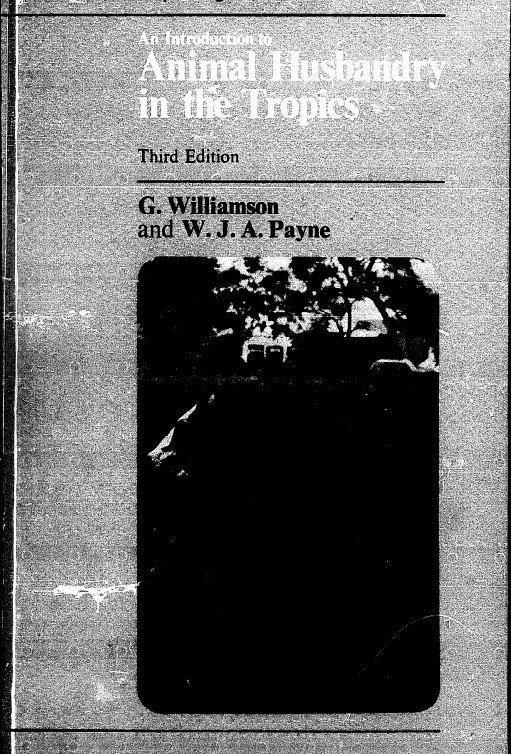


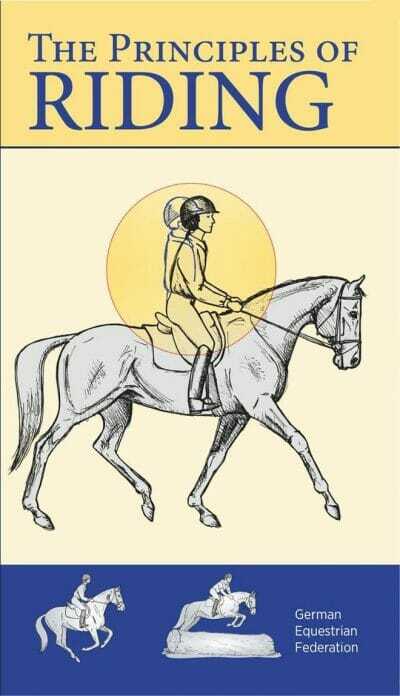

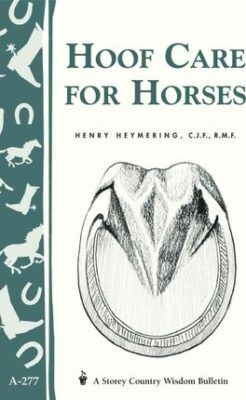
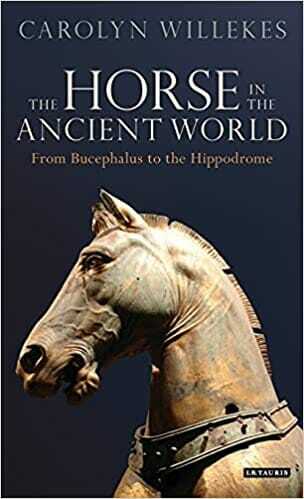
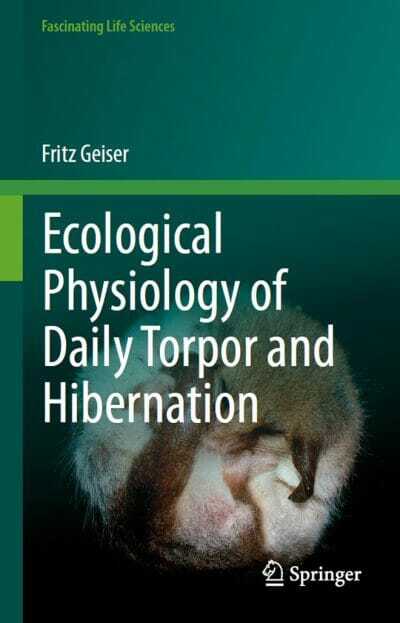
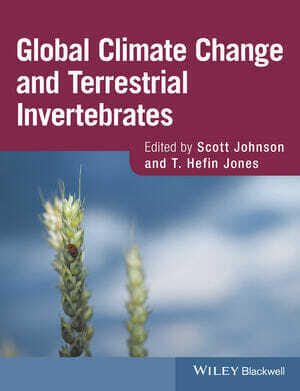
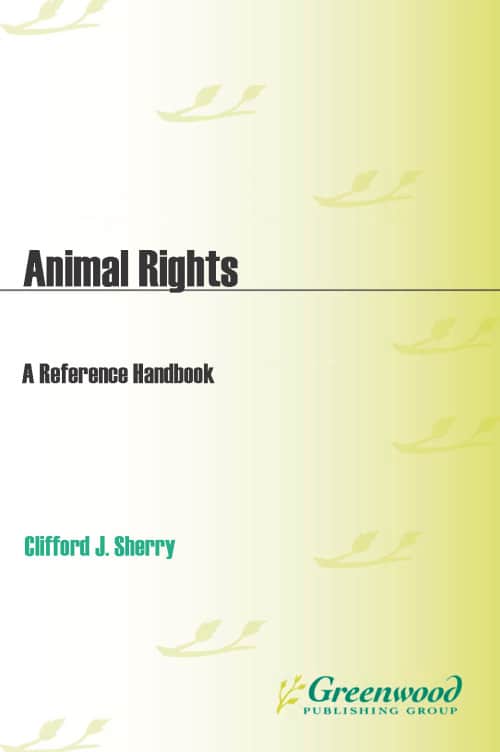
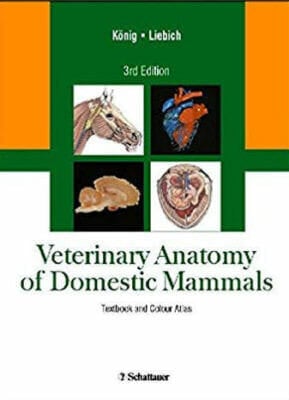
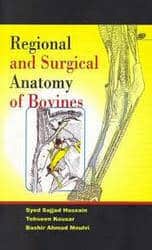
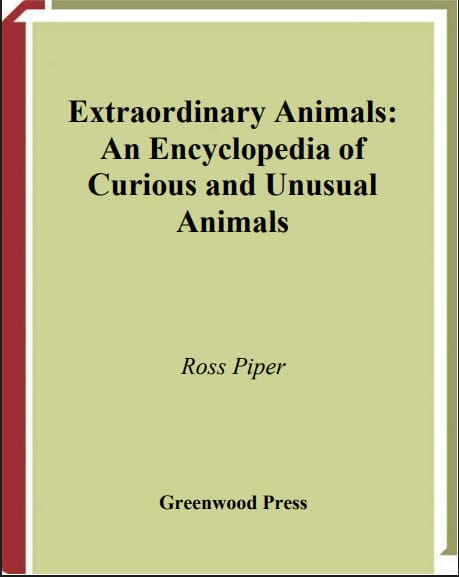







![Ettinger’s Textbook of Veterinary Internal Medicine 9th Edition [PDF+Videos] Ettinger’s Textbook of Veterinary Internal Medicine 9th Edition [True PDF+Videos]](https://www.vet-ebooks.com/wp-content/uploads/2024/10/ettingers-textbook-of-veterinary-internal-medicine-9th-edition-100x70.jpg)





